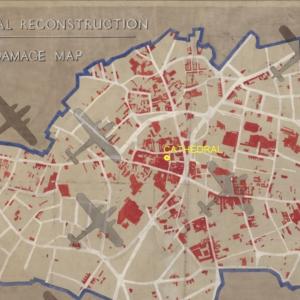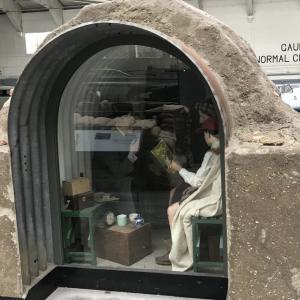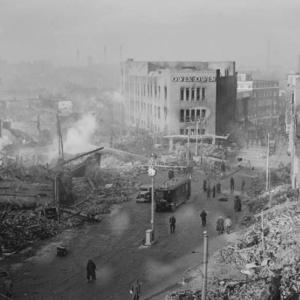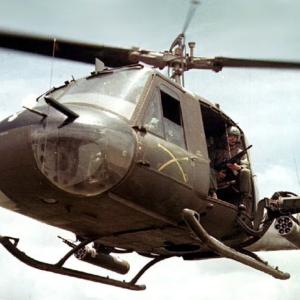
On this day in military history…
The night of 14–15 November 1940 became one of the defining nights of Britain’s war on the home front. Coventry had already been raided more than once, but nothing prepared the city for what the Luftwaffe named Operation Mondscheinsonate – Moonlight Sonata. This attack was designed as a single massive knockout raid on a single city. Shortly after dusk the first pathfinders arrived, Heinkel He 111s of Kampfgruppe 100, using radio navigation beams to mark the target area with incendiaries. Then came the main force, waves of He 111s, Ju 88s and Dornier 17s from several Kampfgeschwader, in all more than four hundred aircraft committed to the operation. They came in streams for almost eleven hours, at different altitudes, flying individually or in small sections, to overwhelm defences and ensure continuous marking of the burning city below. By dawn more than 500 tons of high explosive, incendiaries and land mines had been dropped – one of the heaviest concentrations on any British city up to that point. Eight hundred and fifty people had been injured and the city centre was a near ruin.
Coventry was chosen because it mattered. It was a major engineering centre and a densely packed one. It manufactured aero engines, magnetos, airframes, machine tools, and essential parts for Spitfire and Hurricane production. Every part of that industrial cluster was interconnected. Dislocating Coventry meant dislocating supply chains feeding the RAF itself. It was also more vulnerable than London in the sense that the target was compact enough that pathfinder marking could reliably guide the whole attacking stream onto one clustered area.
The raid was not intercepted in any decisive way for reasons that became clear in hindsight. Britain had radar coverage and RAF night fighters, but in 1940 radar was mostly about warning and plotting, not precision interception in blacked-out skies. Night fighter control was primitive. The RAF did not yet have airborne interception radar widespread in fighters, so even when fighters were vectored roughly towards bombers they often never visually saw one. Anti-aircraft gunners fired blindly or on sound predictor data. The Luftwaffe also deliberately flew in small packets, not as obvious large formations, so fighters couldn’t pick up a single big target. The German beam navigation system, Knickebein and its refinements, gave them enough accuracy to overwhelm one city in one night.
Coventry was not the only city hit that week. Birmingham, London, Southampton, Plymouth and many others were being hit through the winter. But the Coventry raid was a step-change in intensity. This was the first time the Luftwaffe attempted a single night’s attack intended to annihilate a region’s industrial base, not just harass it.
Britain’s reaction to Coventry came in layers. In public the phrase Coventry Blitz became a rallying cry. Militarily the response was to accelerate night air defence. British scientists jammed the German beams with masking signals. New night fighter tactics were developed. Ground-controlled interception improved, and airborne radar was pushed into rapid service. Fighter Command created specialist night fighter units. Britain also retaliated through Bomber Command: accurate, deliberate night attacks on German industrial targets increased markedly in 1941, beginning the long campaign against the Ruhr.
Coventry was rebuilt, but the memory of that night lived on. The raid demonstrated that the Luftwaffe could use technology and planning to try to pick off key industrial nodes, and that the defence of Britain required not just bravery but rapid technical innovation. After Coventry, the night war became a radar, jamming and interception duel as much as a battle of explosives, and Britain never again left its production cities as vulnerable as they had been on that November night.










